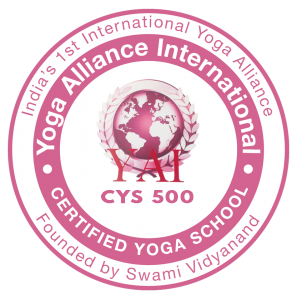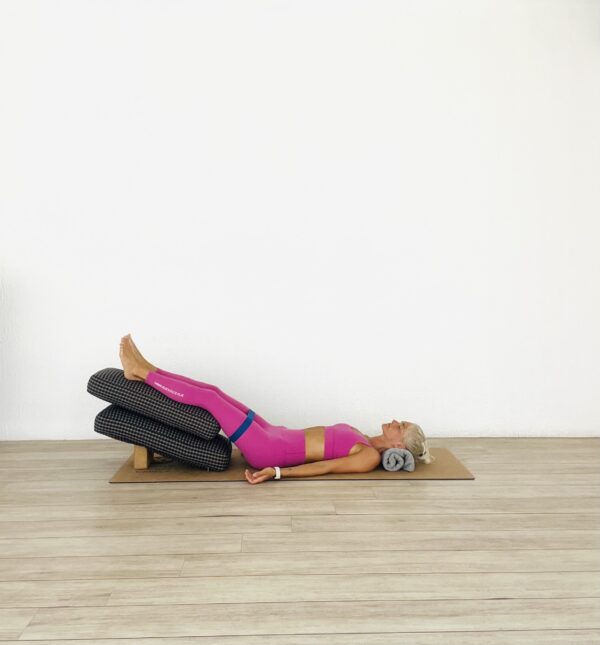Information


Whether you are new to asana practice or have been incorporating in your lifestyle for some time, it’s important to know what are the yoga props and how to use them. I used to think that using props meant that I was not going into the pose deep enough, but actually props can bring many benefits, one of them is to help us reach the asana. Using props can teach us to be in the correct alignment during the pose. They also protect us against injury by providing support to the body, joints and bones. They are always in restorative and often in yin yoga practice also, when holding the poses for a prolonged period of time. Let’s look at some of the most common yoga props used…

If you invest in one yoga prop only, I would highly recommend getting the blocks. Two is enough and they can assist you throughout your yoga journey. Using the yoga blocks is simple and you can use them for almost any asana (pose). There are any different kinds, some made of foam, cork, bamboo or heavier ones made from wood. The foam blocks are quite popular as they are very light so easy to pick up and moved around during the poses. But the cork ones are actually more stable and can provide more secure support in the practice. Most yoga teachers will provide guidance on the use of blocks during a yoga session.

Providing cushioning to the body, bones and joints, bolsters are a great addition to have to your yoga practice. Alternatively, you can also use pillows, but make sure they provide enough cushioning to the body (not thin ones). They are often used in yin and restorative yoga practices. Bolsters provide a soft and gentle support to the body when sitting in a pose for a longer period of time.

Supta hasta padangusthasana using yoga strap
The yoga straps are generally used to provide extra support for flexibility and stretching. Most straps are easy to use and don’t require much effort. There are many asanas for which using the strap can be helpful, just be weary not to pull too hard on them and ignore the movement needed from the body. Use them mindfully to provide you support in your practice.
Pretty self-explanatory, blankets can be used during shavasana (corpse pose) to place on top of your body for warmth or folded and placed under your head when doing poses which require you to lie down. Like bolsters, they provide cushioning and support to the joints and bones in the body so you can use them under the knees, hips, ankles, during sitting poses etc.
The yoga sandbag is a prop used to provide extra weight placed on a part of the body during a specific pose. Most commonly used in restorative or yin yoga, but available for all types of yoga, using the sandbags is a great way to relax the muscles and release stress and anxiety. By applying more pressure on the muscles, the specific area of the body begins to surrender and go into a more relaxed state. The yoga sandbags can also be used to help you go deeper in a pose due to their weight. They come in different weights and sizes, depending which area of the body you would want to use them on. Heavier ones apply more pressure, helping the body release more and even strengthen the muscles. Alternatively, you can use it over your eyes during shavasana.
Yoga props are very helpful and I highly recommend making use of them during your practice. And of course, let’s not forget the number one yoga prop, the yoga mat. Find the one which suits your needs the most because they also come in different sizes, some thicker to provide more support, others thinner but more sticky. Which is your go to yoga prop?